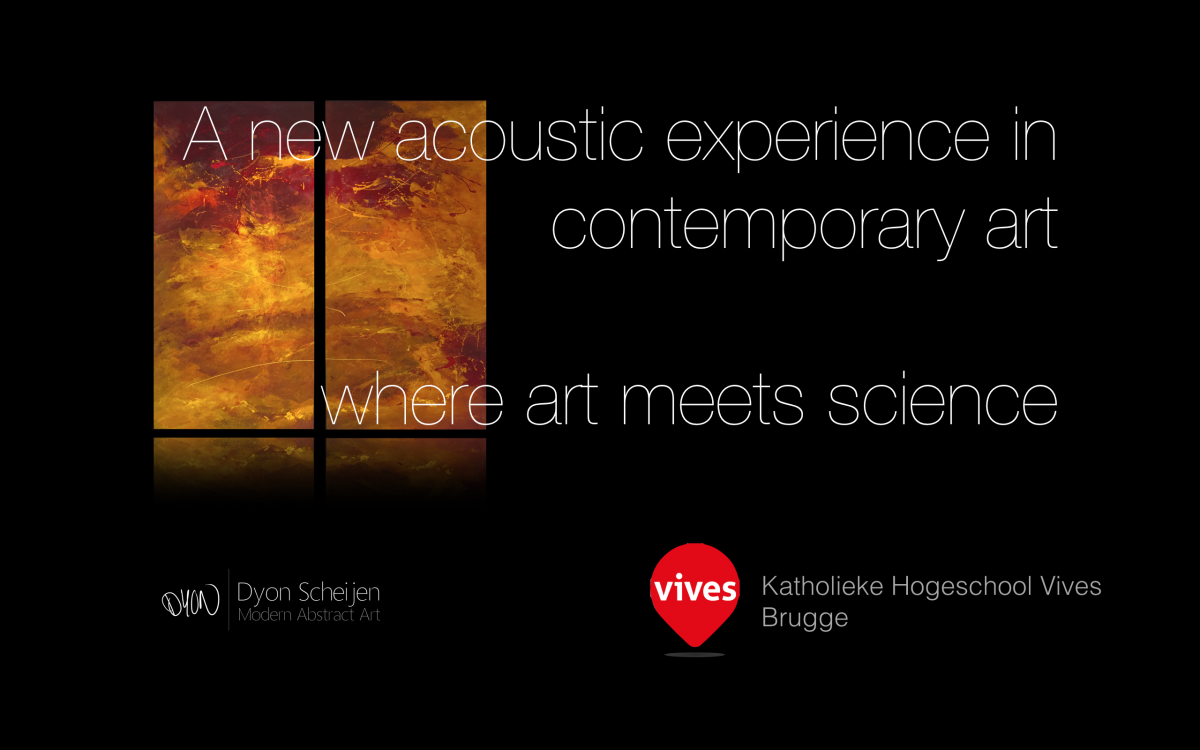Modern architecture mostly does not take into account the bad acoustics which comes along with it. Flat floors, naked walls, huge open spaces, basic elements like concrete and wood are part of the visual architecture.
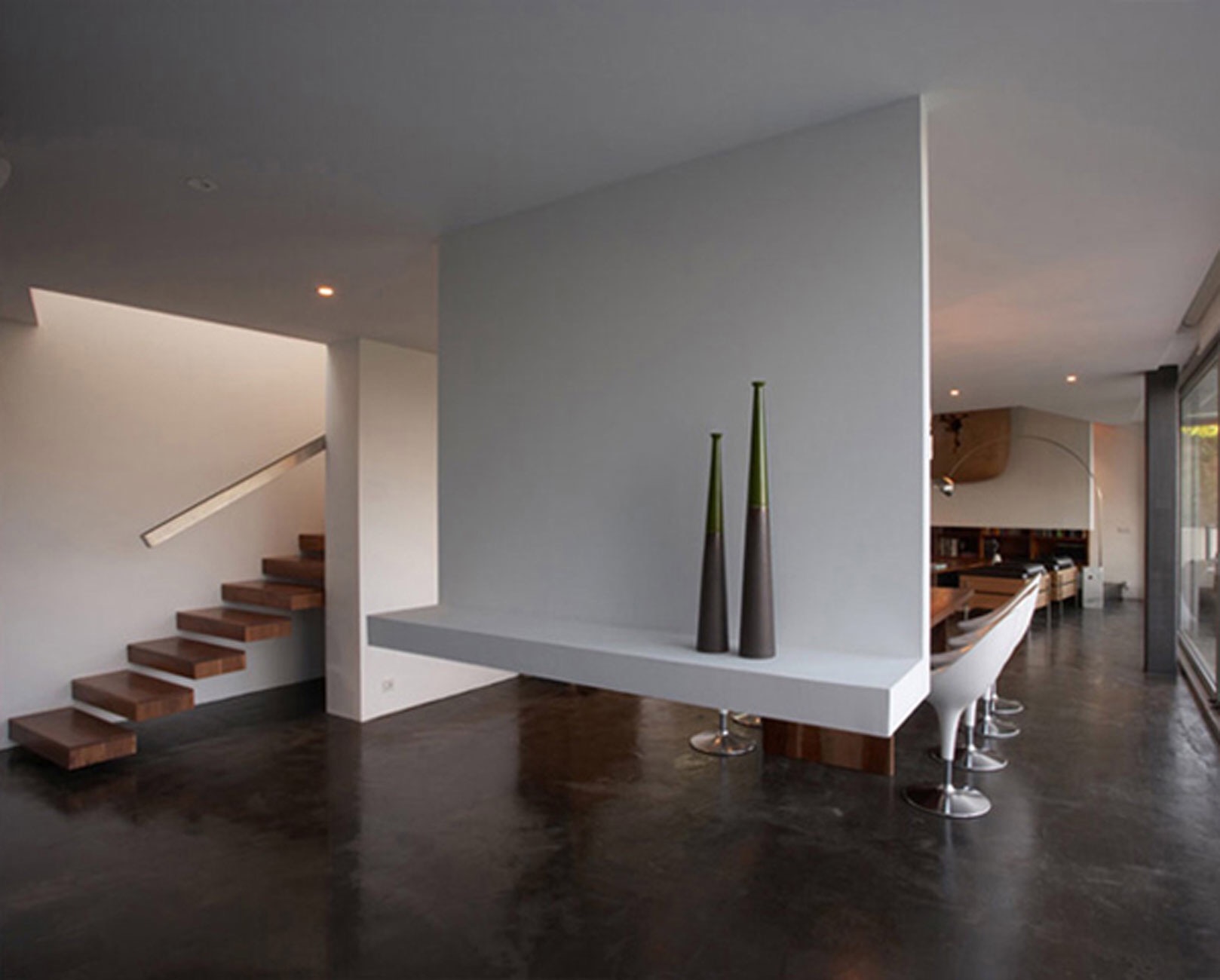
From out of architectural perspective this is fabulous, from out of audiological view it is a dissaster, a dissaster in speechperception, especially when there is already a mild to severe hearingloss.
As an medical physicist in audiology and modern artist I have a great idea to solve this problem by contemporary art.
At my clinical work at the tinnitus clinic Adelante, I see a lot of patients who have mild to severe hearing problems. But in general from our twentiest birthday on, our hearing is not getting worse, from then on almost everyone will get in time a high frequency loss. And for those who are often in loud environments like music concerts or clubs and bars even the chance to get a noise induced hearingloss is higher.
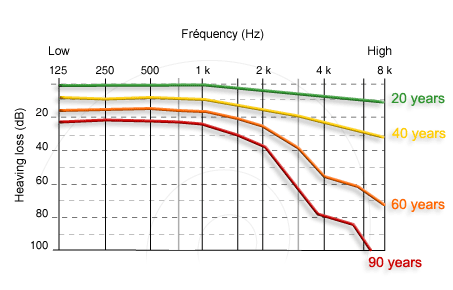
So I see a lot of patients with a hearingloss which will bring in a bad speechperception in poor acoustic suroundings. Reflections of sound in modern designed architecture is giving a complete mixture of sounds comming in, only a perfect normal hearing will have a good score in a speech in noise test then. But even then this person will be exhausted at the end of the day, if he had to work in this kind of bad acoustic environments.
So this is where my orther profession is coming in, being an artist. As I paint huge abstract paintings, I had an idea to use these surfaces as an sound absorbing screen in the room. And if only I could bring in a slight profit in the acoustics, experiments would be of great interest to go on with this artproject where art meets science.
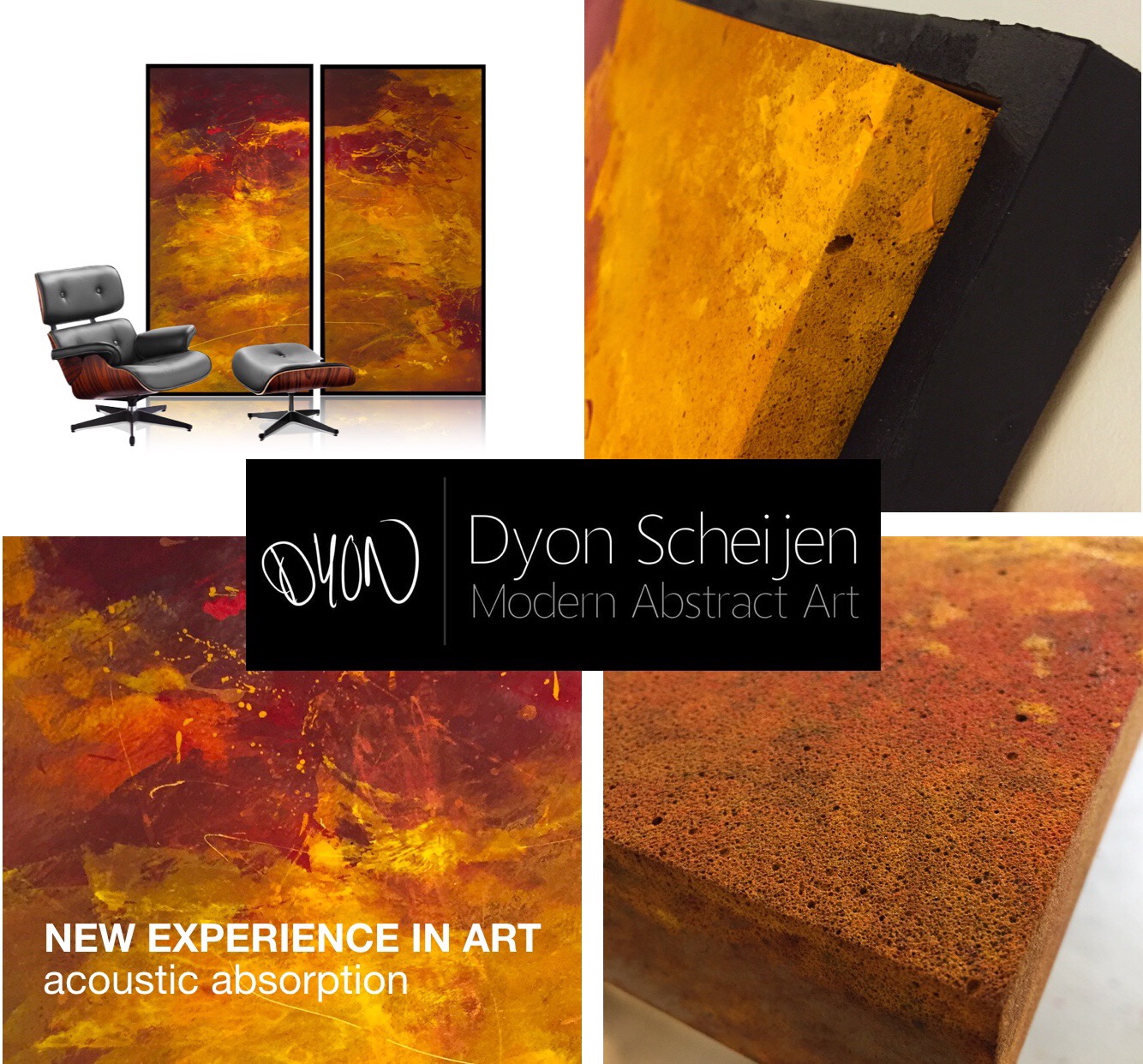
Experiments with different materials as a basic element in my paintings have given knowledge of all kind of acoustic parameters. And a couple of paintings show me a change in acoustics allready. But I want to have this in numbers.
From my work in the clinic there are sometimes meetings where I have to give a lecture about our hearing system and the most complex hearing problem, tinnitus. And for two years I had to give a lecture at the University campus in Brugge. There is a Faculty in audiology. And afterwards I had a chat with a couple of stafmembers. And it was there where I saw the main problem of modern architecture today.
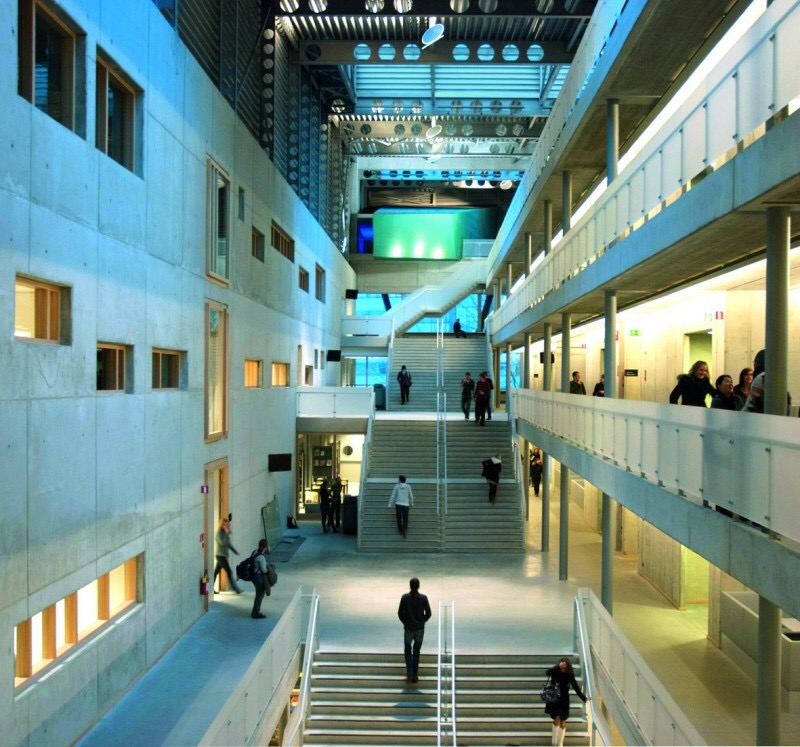
This campus was the best example of the worst acoustic parameters in modern designed architecture. So I came up with an idea of collaboration in this artproject where I was thinking of. Measuring all the acoustic parameters and trying to improve speech perception in noise by changing acoustic parameters by modern art.
Art meets Science.
It did take a long time to have a first meeting with the stafmembers and specialists, but finaly I got an aproval to go on with this amazing experiment. An experiment which could bring in new insights in a general problem where I think a lot of people have to deal with every day. A problem which is not that obvious, but with a huge impact in a persons life. Communication problems, concentration problems, feeling exhausted at the end the day and finaly worse burn-out and psychological problems out of all the effort to be taken in if one has to listen in such a poor acoustic environment.
From out of my perspective as a specialist in audiology I see a lot of people suffering with this problem. So even if it is not possible to change these acoustic parameters by artworks, maybe this artproject can bring in the awareness of bad acoustics on speech perception in areas where communication is of great importantance.
I hope to find a way to tell this story to the world.
Cause what makes us a human being is that we can talk with eachother. Having a chat, telling stories are basic elements of our society.

